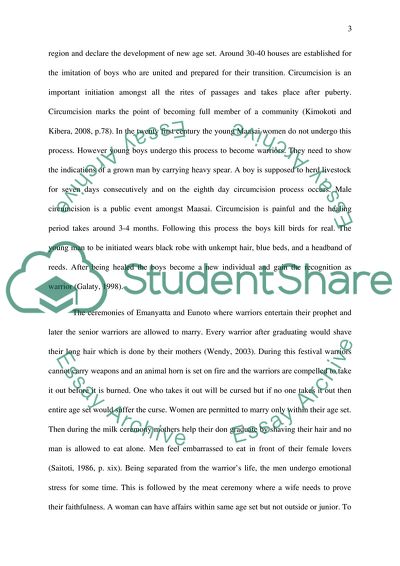Cite this document
(Rites Of Passage Essay Example | Topics and Well Written Essays - 1250 words, n.d.)
Rites Of Passage Essay Example | Topics and Well Written Essays - 1250 words. https://studentshare.org/anthropology/1810280-rites-of-passage
Rites Of Passage Essay Example | Topics and Well Written Essays - 1250 words. https://studentshare.org/anthropology/1810280-rites-of-passage
(Rites Of Passage Essay Example | Topics and Well Written Essays - 1250 Words)
Rites Of Passage Essay Example | Topics and Well Written Essays - 1250 Words. https://studentshare.org/anthropology/1810280-rites-of-passage.
Rites Of Passage Essay Example | Topics and Well Written Essays - 1250 Words. https://studentshare.org/anthropology/1810280-rites-of-passage.
“Rites Of Passage Essay Example | Topics and Well Written Essays - 1250 Words”. https://studentshare.org/anthropology/1810280-rites-of-passage.


